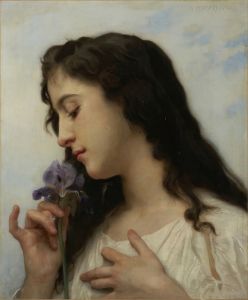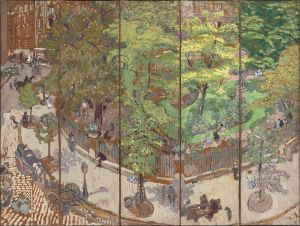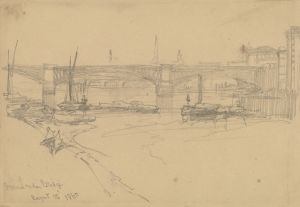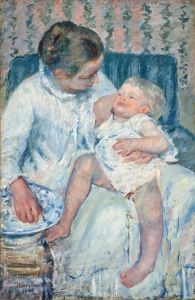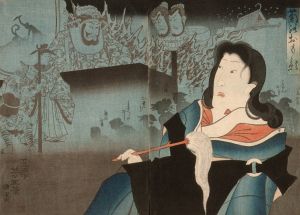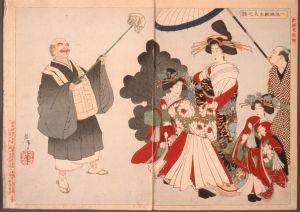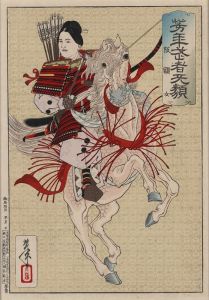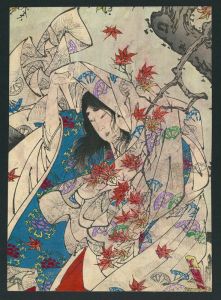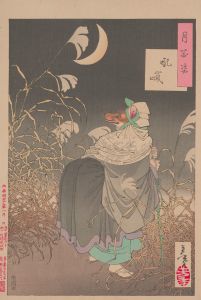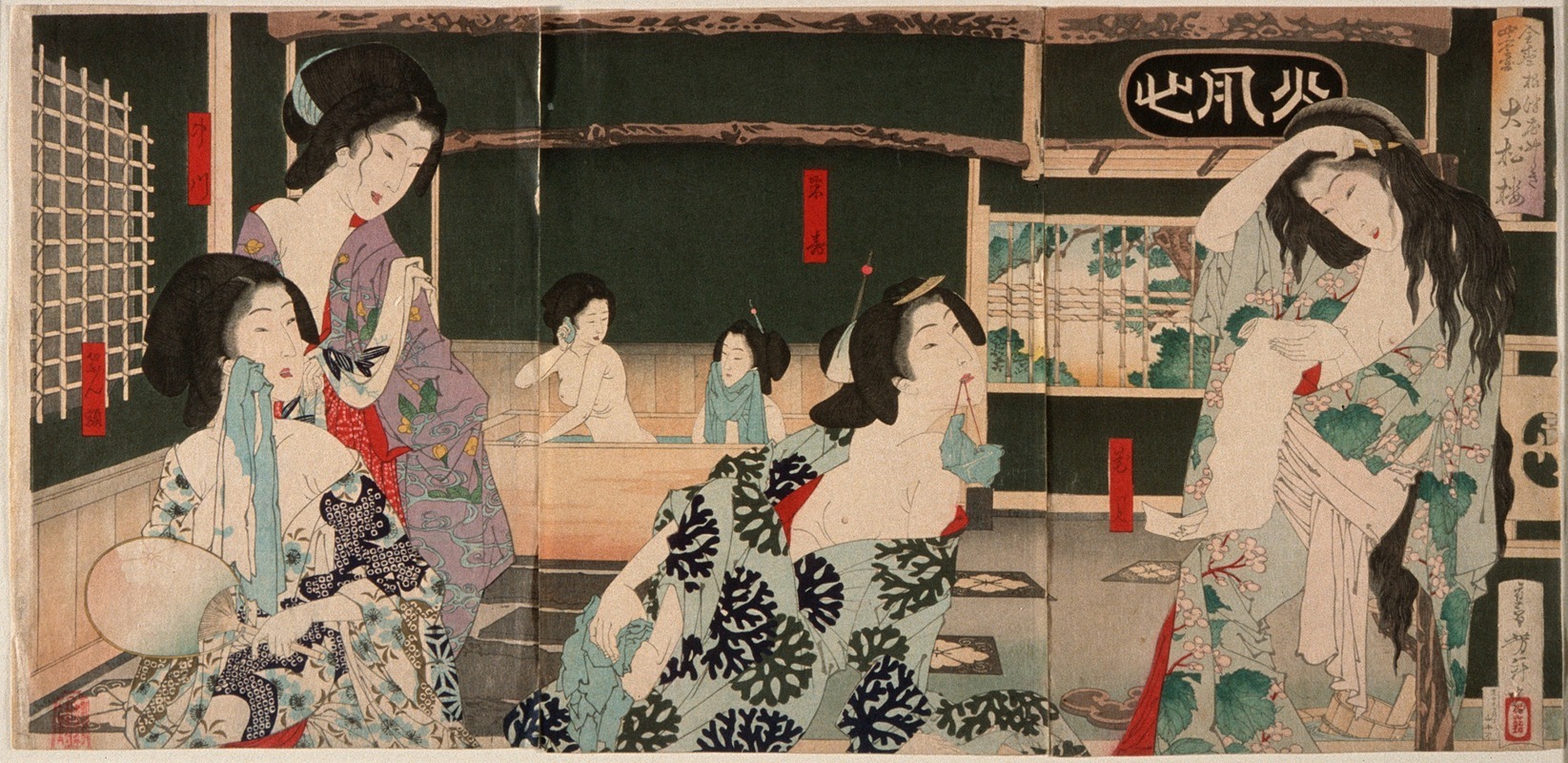
Summer; Women Bathing at the Daishōrō
A hand-painted replica of Tsukioka Yoshitoshi’s masterpiece Summer; Women Bathing at the Daishōrō, meticulously crafted by professional artists to capture the true essence of the original. Each piece is created with museum-quality canvas and rare mineral pigments, carefully painted by experienced artists with delicate brushstrokes and rich, layered colors to perfectly recreate the texture of the original artwork. Unlike machine-printed reproductions, this hand-painted version brings the painting to life, infused with the artist’s emotions and skill in every stroke. Whether for personal collection or home decoration, it instantly elevates the artistic atmosphere of any space.
"Summer; Women Bathing at the Daishōrō" is a woodblock print by the renowned Japanese artist Tsukioka Yoshitoshi, who is celebrated for his innovative contributions to the ukiyo-e genre during the late Edo and early Meiji periods. Yoshitoshi, born in 1839, was a pivotal figure in the transition of Japanese art from traditional to modern styles, and his works often reflect a deep engagement with both historical themes and contemporary life.
This particular print is part of Yoshitoshi's series "Fūzoku Sanjūnisō" (Famous Beauties of the Seasons), which was created in the 1880s. The series is known for its depiction of women in various seasonal settings, capturing the essence of Japanese beauty and the changing moods of nature. "Summer; Women Bathing at the Daishōrō" exemplifies Yoshitoshi's skill in portraying the elegance and grace of women, a common subject in ukiyo-e art, while also integrating elements of nature and seasonal activities.
The scene depicted in "Summer; Women Bathing at the Daishōrō" shows women engaged in the leisurely activity of bathing, a popular pastime during the hot summer months in Japan. The Daishōrō, a location referenced in the title, is not widely documented in historical records, but it suggests a place of tranquility and natural beauty, fitting for the serene and intimate atmosphere of the print. The composition likely captures the cultural practices and aesthetics of the time, emphasizing the harmony between humans and their environment.
Yoshitoshi's work is characterized by his use of vibrant colors and dynamic compositions, and this print is no exception. The artist's attention to detail and his ability to convey the textures of water, fabric, and skin contribute to the lifelike quality of the scene. The women are depicted with a sense of individuality and grace, reflecting Yoshitoshi's interest in exploring the nuances of human expression and emotion.
The print also showcases Yoshitoshi's mastery of the woodblock printing technique, a complex process involving multiple stages of carving and printing. Each color in the print required a separate block, and the precision with which these blocks were aligned is a testament to the skill of both Yoshitoshi and the artisans who collaborated with him.
"Summer; Women Bathing at the Daishōrō" is a significant example of Yoshitoshi's later work, during a period when he was grappling with personal and professional challenges, including mental health issues and the decline of the ukiyo-e industry. Despite these difficulties, Yoshitoshi continued to produce art that was both innovative and deeply rooted in traditional Japanese aesthetics.
Today, Yoshitoshi is regarded as one of the last great masters of ukiyo-e, and his works are highly valued by collectors and scholars alike. "Summer; Women Bathing at the Daishōrō" remains an important piece for understanding the evolution of Japanese art during a time of significant cultural and social change. Through this print, viewers can appreciate the delicate balance of beauty, nature, and human experience that defines much of Yoshitoshi's oeuvre.





